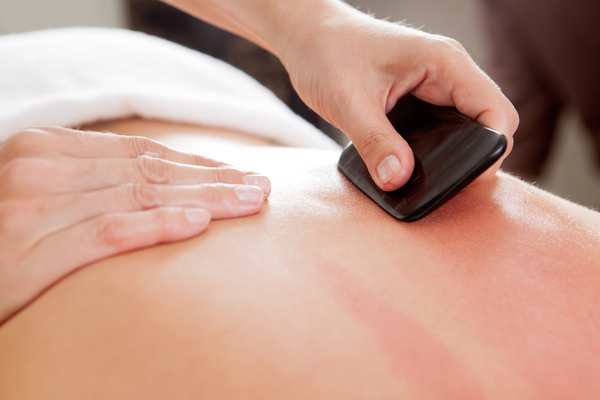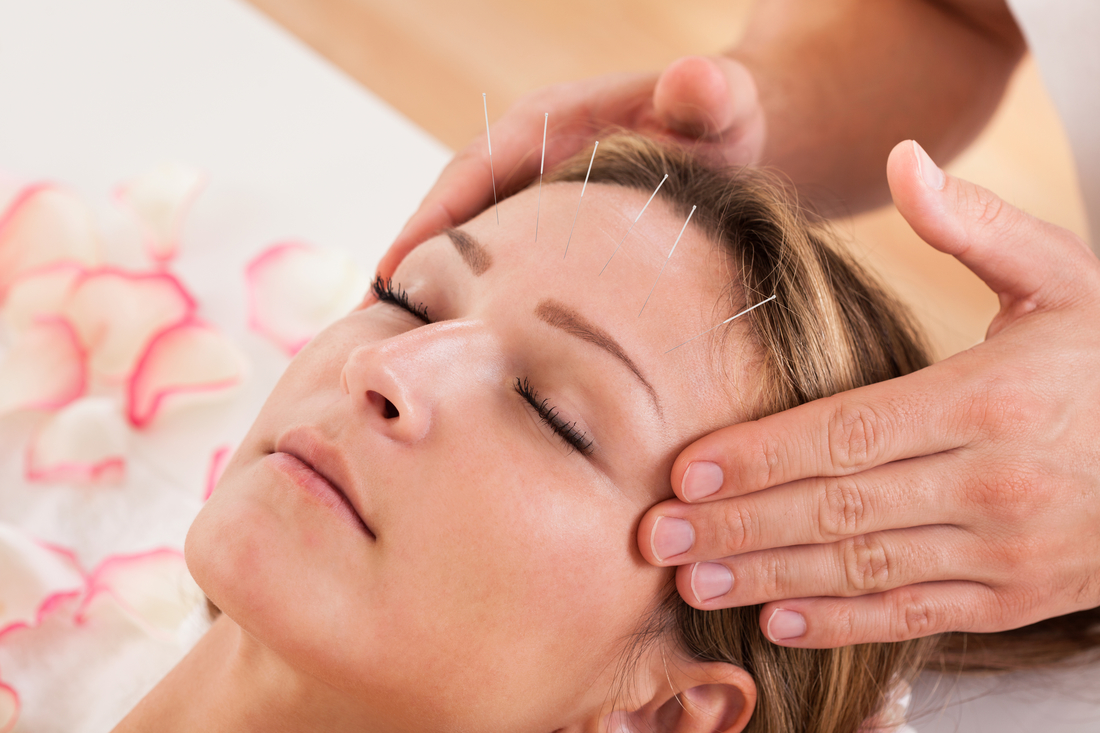
Complex regional pain syndrome (CRPS) can happen with or without harm or noxious stimulation. Patients commonly present with a clinical syndrome of pain, autonomic disorder, trophic changes, and functional handicap.1 Diagnosing CRPS during its early phases and using a multidisciplinary approach with aggressive physical therapy have been proven to relieve pain and improve function in the affected limb. Acupuncture may be an adjuvant treatment alternative that may offer extra advantages for patients with CRPS.
A 21-year-old girl without a previous medical history presented to the pain clinic. Five months before, she sustained a gunshot wound to the left shoulder/chest using a consequent brachial plexus injury.
At the time of this accident, she was assessed in Hospital in which it had been ascertained, that surgical intervention, was not suggested. After a few days of monitoring, she had been discharged with a prescription of gabapentin. (beginning dose 300 mg tid; titrated up to 1,200 mg bid) and promptly enrolled in occupational/physical therapy, which comprised therapeutic exercises, manual therapy, orthotic control, and desensitization treatment.
During our first evaluation at the pain clinic, she was introduced to these symptoms: a disabling burning feeling, hyperesthesia of the left forearm. and a drop in the active selection of movement(wrist flexion 0 levels, extension 0 levels, pronation 0 levels, and supination 0 levels ). Her typical daily visual analog pain score (VAS) at the time of the demonstration was 5 to 6/10. Electromyography (EMG) conducted following the injury affirmed acute left brachial plexopathy.
Together with her current treatment, we provided a stellate ganglion block and intravenous lidocaine infusion. However, the individual didn't need any intervention right now and chose to try acupuncture. She also attended biweekly acupuncture sessions for 3 successive months, in conjunction with the weekly session of biofeedback and cognitive-behavioral treatment with all our pain psychologist.

Electrostimulation was utilized, on these points, together with all the red electrodes (cathode) on Gall Bladder. 34 along with also the black electrode (anode) on Stomach 38. After 3 weeks of treatment, the patient's active selection of movement (wrist flexion/extension, supination, and pronation) had considerably enhanced. Additionally, she managed to get pain management, measuring an average VAS of all 3-4/10 using action.
The pain is dispersed from the distal regions of the upper limb, covering many dermatomes, largely the caudal ones and especially the hands. The paroxysmal pain is sensed at the arm.
But it discovered that at isolated C8 and T1 nerve root avulsions, there was not any pain in any way.
The pain doesn't appear right after the injury but a couple of days after and no more than 3 weeks following it.
The neuropathic pain may be connected with a ghost or stump pain in the event of upper limb amputation, or into complex regional pain syndrome (CRPS), causing an intricate pain illness quite hard to restrain.
Self-mutilation was clarified in 5--29 percent of obstetric brachial plexus injury instances.
Also, chronic pain is a further hindrance to abide by a fantastic rehab program, impairing a potential operational recovery [6, 45, 46]. Among all of the disabilities caused by the brachial plexus injury, the pain was discovered to be the symptom that most negatively impacts the quality of life.
The remedy for chronic pain could be troublesome since the Answer to these different therapy modalities is inferior and not All of them enable the preservation of the rest of upper limb work.
Though the precise mechanism has yet to be fully elucidated, the postulated mechanisms of CRPS contain: somatosensory reorganization in the cortical level; (two ) neurogenic inflammation brought on by discharge of calcitonin gene-related peptide (CGRP); chemical P generating nociceptors sensitization; also the overactive sympathetic nervous system.

Back in 2003, the prior criteria for the diagnosis of CRPS set from the International Association for the Study of Infection were substituted by the Budapest Research Criteria. The new standards were created, to improve the specificity for identifying CRPS. To make a diagnosis of CRPS, the Budapest Research Criteria requires at least 3 of the four symptoms and two of the four signals in the time of evaluation in these classes: sensory, vasomotor, sudomotor, and trophic changes.
CRPS grows through 3 phases: severe (usually 1-3 weeks ); dystrophic (usually 3-6 weeks ); and atrophic (>6 weeks ). Hence, the best goal of treatment is to lower pain efficiently, enhance motor function, and protect against progression into the atrophic stage (when tissue atrophy and bone demineralization get irreversible). The success of therapy increases with early identification and execution of physical therapy, rehab, in addition to emotional support. Pharmacologic treatment, and interventional therapies.
In the first clinic visit, the patient has been prescribed, that the maximum recommended dose of gabapentin (1,200 mg tid) in addition to tramadol (100 mg tid), yet still failed to finish physical treatment as a result of uncontrolled pain. The individual chose to move with acupuncture before proceeding with interventional therapy choices.
And after a three month trial of acupuncture, the patient reported that a reduction in pain score permitting her to fully take part in physical therapy, with another improvement in motor functioning. Bowsher et al theorize that the analgesic effect of acupuncture is caused by"a generalized neurohormonal mechanism, involving the discharge of complimentary β-endorphin and by 2 descending neuronal mechanisms. the first of which can be serotonergic and the next adrenergic."
Conclusion
CRPS is a disease that needs early recognition and multimodal treatment to better facilitate rehabilitation of those affected, extremity to stop long-term handicap. Laughter is an emerging alternative therapy choice for CRPS patients. However, cases and studies reports are sparse because of the price and trouble recruiting patients for randomized control trials. Though this case study included just 1 subject, the outcomes of the acupuncture therapy demonstrated improvement in pain management and improved motor function. Our case report intends to generate more attention and study in defining the function and effectiveness of acupuncture in CRPS.

Leave Comment Below
0 Comment(s)